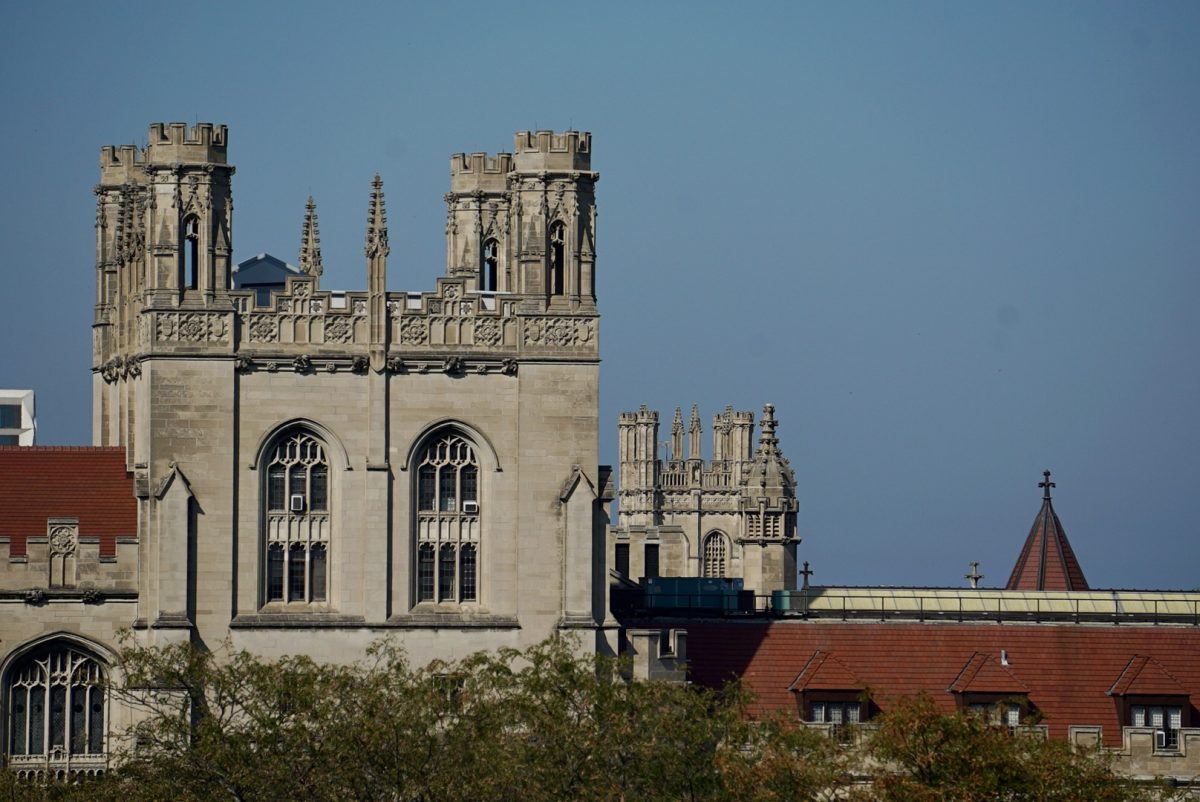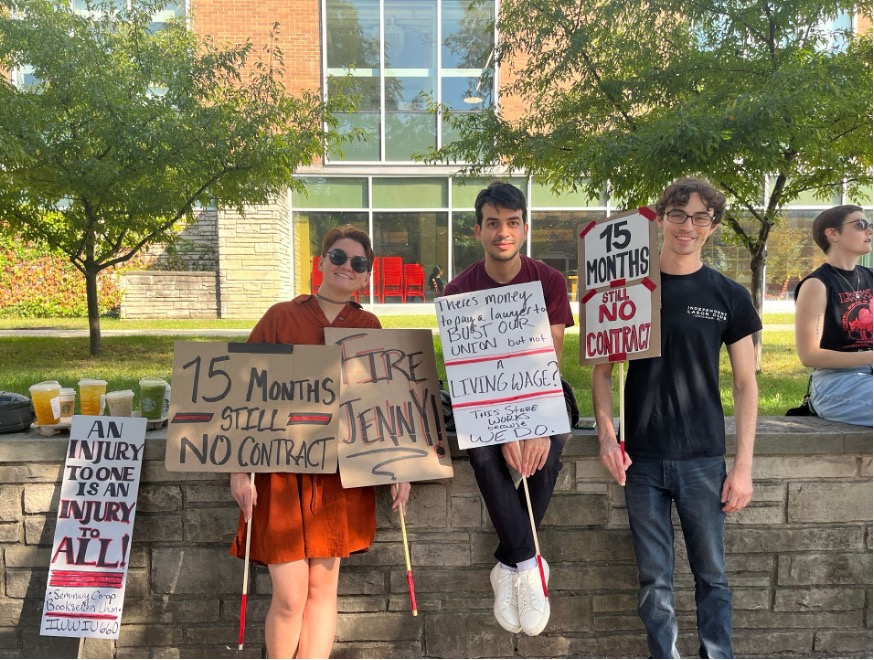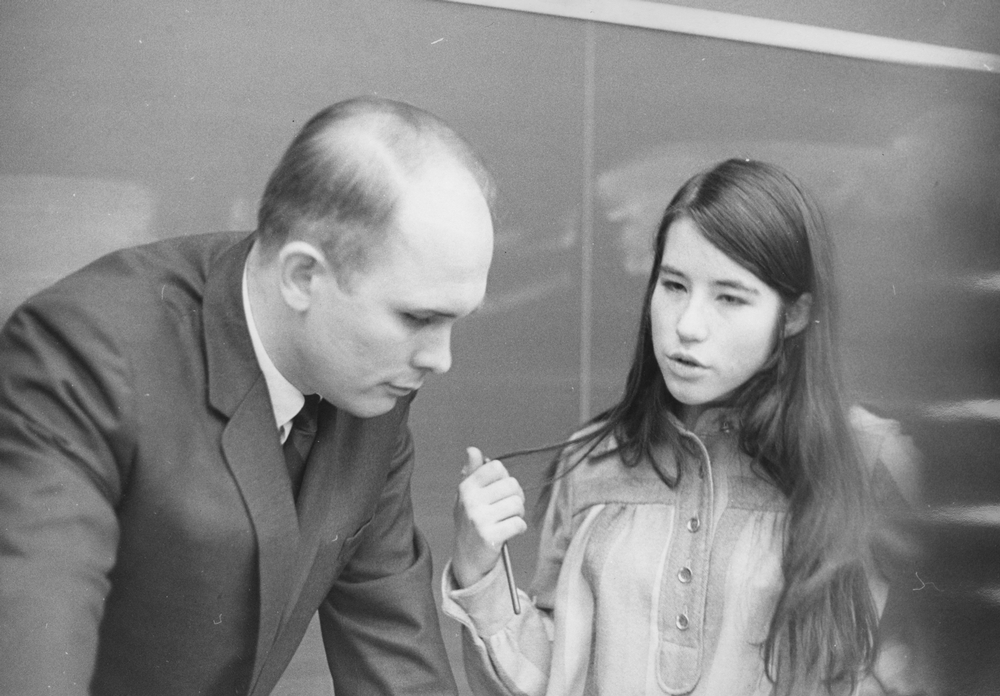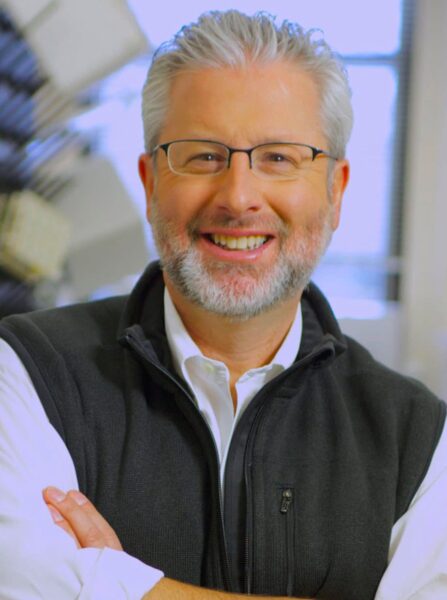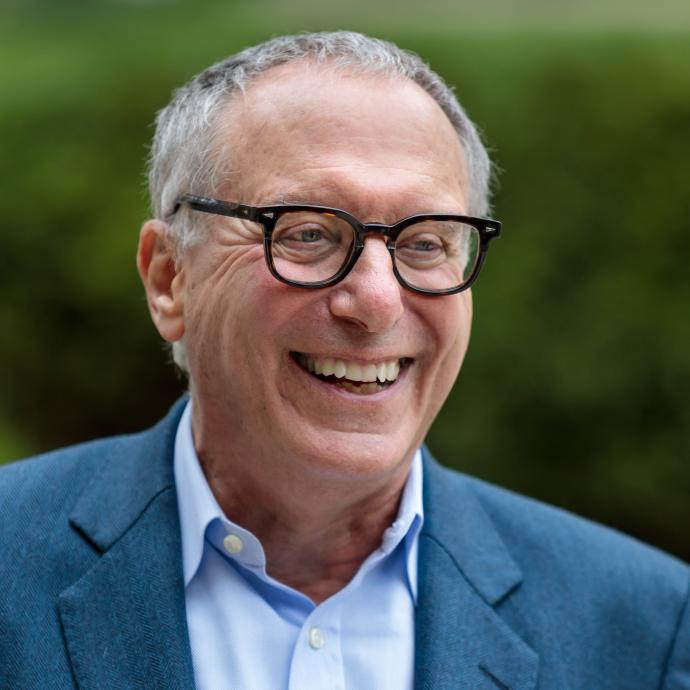If ever there was a neighborhood in which there was no shortage of opinions for public officials to gauge or diversity of local controversies to provide fodder for the outspoken, Hyde Park is certainly it. Students, neighborhood activists, and residents of Hyde Park and its surrounding communities are quick to mobilize around causes, motivated by concern for the neighborhood’s historical integrity, dangers posed to residents of less wealthy surrounding communities, and the economic development of a neighborhood that has had a sometimes difficult history of successfully navigating the interests of all of the above.
Perhaps unsurprisingly, the University is often the object of both praise and criticism for its key- player status in the dramas that unfold around all of these issues and more. How could it not be? As a wealthy, private, elite institution that exists in the middle of the more economically depressed South Side, its actions are consistently scrutinized by locals wary of a repeat of the University’s infamous redevelopment campaign that in the 1960s dramatically transformed the neighborhood and displaced many of the area’s less privileged residents.
Today, Hyde Park is often cited as one of the nation’s most racially and economically integrated neighborhoods, a place where the world’s most respected scholars (a large proportion of whom live in Hyde Park) share restaurants, bookstores, and conversations with students and native South Siders in what amounts to an interactive community life that cuts across social statuses. That’s certainly true to a significant extent, but tensions inevitably arise whenever the University takes up development projects that it usually claims will benefit both the U of C and its neighbors. They serve as a reminder that despite the impressive progress that the University has made in reestablishing itself as a concerned and considerate member of its community since the 1960s, skepticism and even hard feelings on the part of the non-University community still linger four decades later.
That skepticism has reared its head in recent months and years as the University has gradually stepped up its redevelopment efforts and announced ambitious building plans, some of which are beginning to push the physical boundaries that, following its attempts at reconciliation beginning in the 1960s, it was generally understood the University would not breach.
Many Hyde Park residents agree that there is a dearth of retail, commercial, dining, and recreational options in the neighborhood. Students and others frequently leave the area to spend their money in the bustling downtown and North Side neighborhoods. But signs of a transformation are emerging as last year, the University, in one of its most controversial and, some claim, heavy-handed efforts in recent years, negotiated the closure of the Hyde Park Co-Op grocery store. The store had served the neighborhood since the Great Depression but which, by many accounts, had deteriorated in quality, service, and value.
The May purchase of the Harper Court retail center, which was occupied by subsidized boutique shops whose business had seen steady decline in recent years, further consolidated the University’s ownership of properties along 53rd Street. The University has openly said it plans to transform the neighborhood’s main retail corridor by attracting more profitable and appealing retailers and restaurants. This summer, President Robert Zimmer outlined the ambitious building projects that are underway across the area, many of which are approaching and breaking the western and southern Woodlawn boundaries that have traditionally been seen as the dividing lines between the University’s domain and the surrounding communities. The U of C has continued buying up property in the area and it was revealed this summer, has looked to acquire property west of Washington Park along 55th Street, suggesting unprecedented expansion.
Needless to say, some residents are concerned as it becomes clear that the University has stepped up its redevelopment efforts in a fashion not witnessed here since the 1960s. Times have changed, certainly, and the University consistently contends that it has sought the input and recommendations of a wide array of players, including community members and residents. Some aldermen and residents have claimed otherwise and have kept a close eye on the University’s actions.
But lurking above all of these efforts, all parties realize, is the prospect that eight years from now, Hyde Park could be the focus of international attention. If Chicago is selected as the host city of the 2016 summer Olympics, the main Olympic Stadium will be constructed just west of campus, and the U of C will undoubtedly be one of the most important players in the redevelopment efforts that the city will undertake. That worries many residents who fear that the redevelopment will crowd them out of their homes and that their input will be given only marginal consideration. Are the University’s land acquisitions a preparation for this possibility? One thing is certain: If the Olympics come to Chicago, the U of C’s holdings on the South Side will be among their most valuable assets for accumulating revenue as well as political clout.
In the meantime, though, the University has engaged in other efforts at promoting positive town-gown relations. Its charter school program offers neighborhood children quality public educational opportunities, and it is active in community service outreach. These programs encourage University students to venture beyond the boundaries of Hyde Park and serve surrounding communities while bolstering the University’s reputation among neighbors, and they are largely well received.
But the relationship between the University and the community cannot be entirely harmonious, as recent events have illustrated. It will be interesting to observe how, amid the University’s continued growth, it works to handle its public image, and how that image is received.



